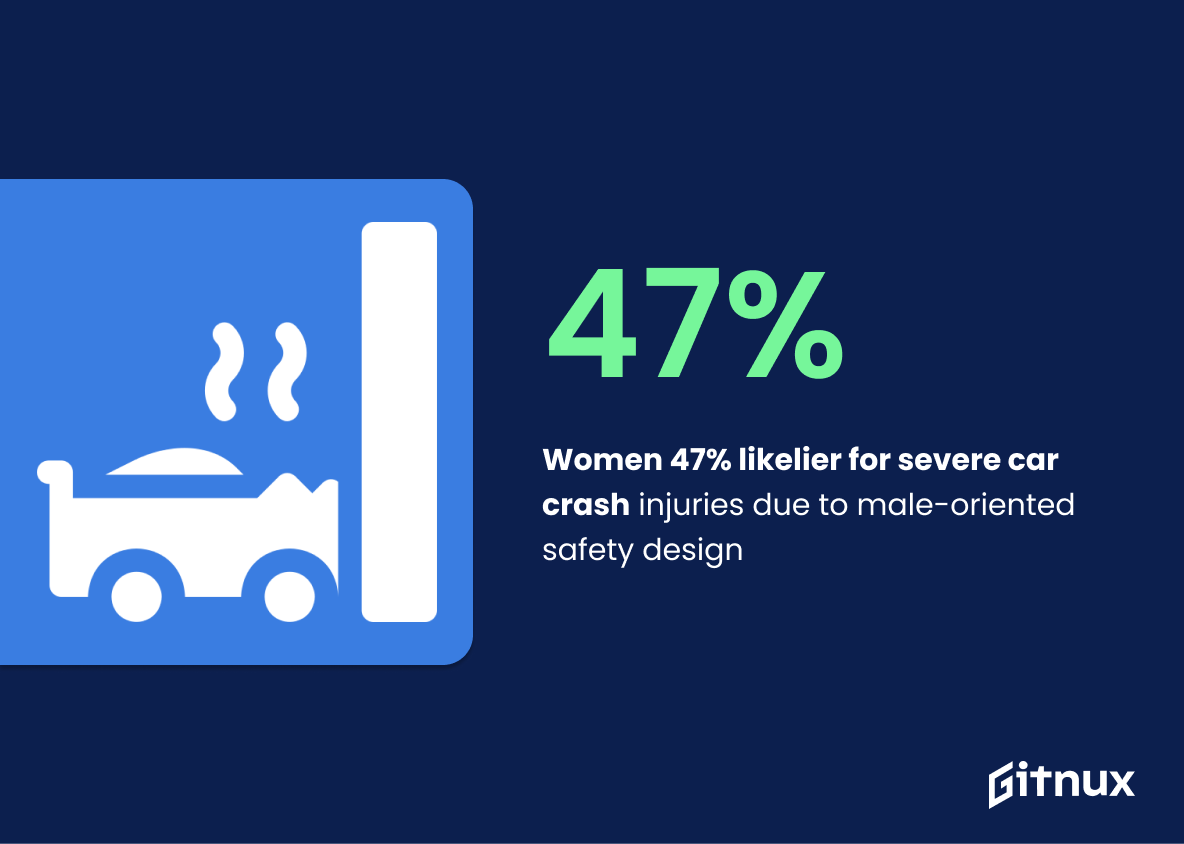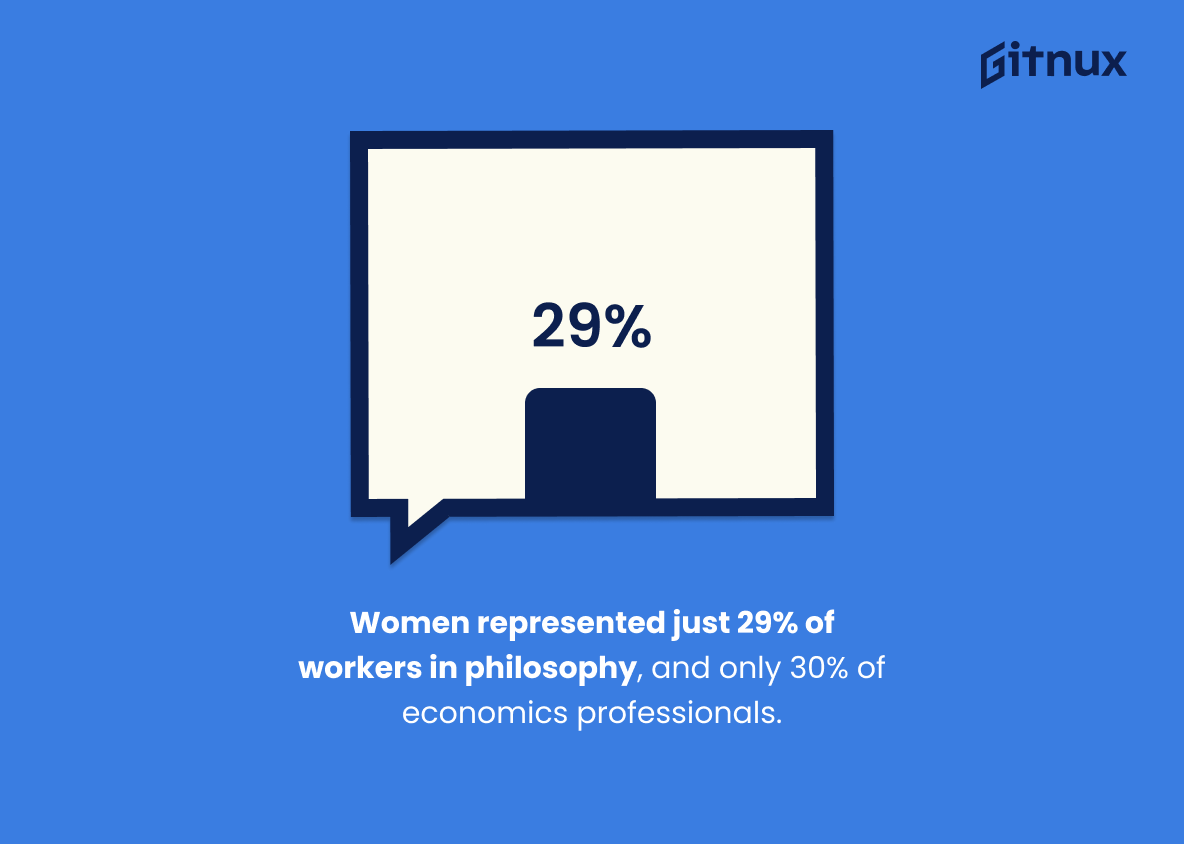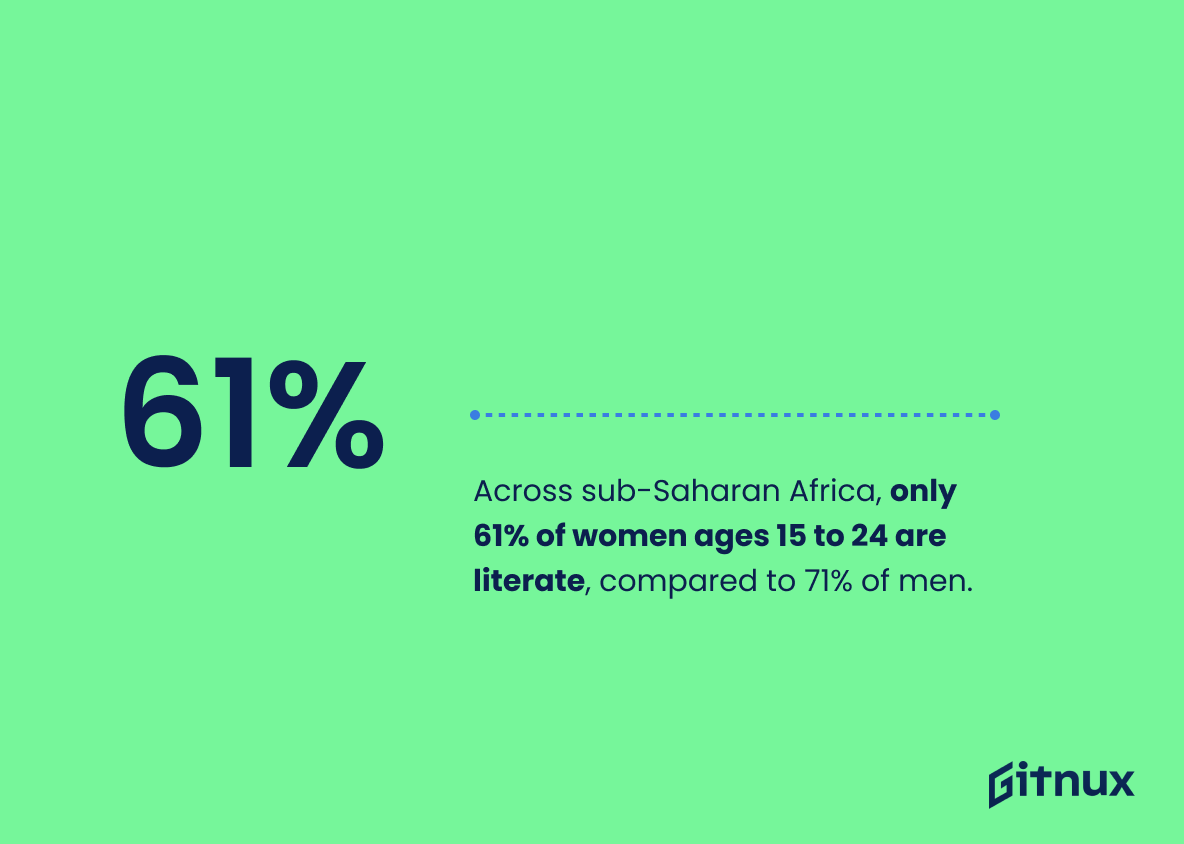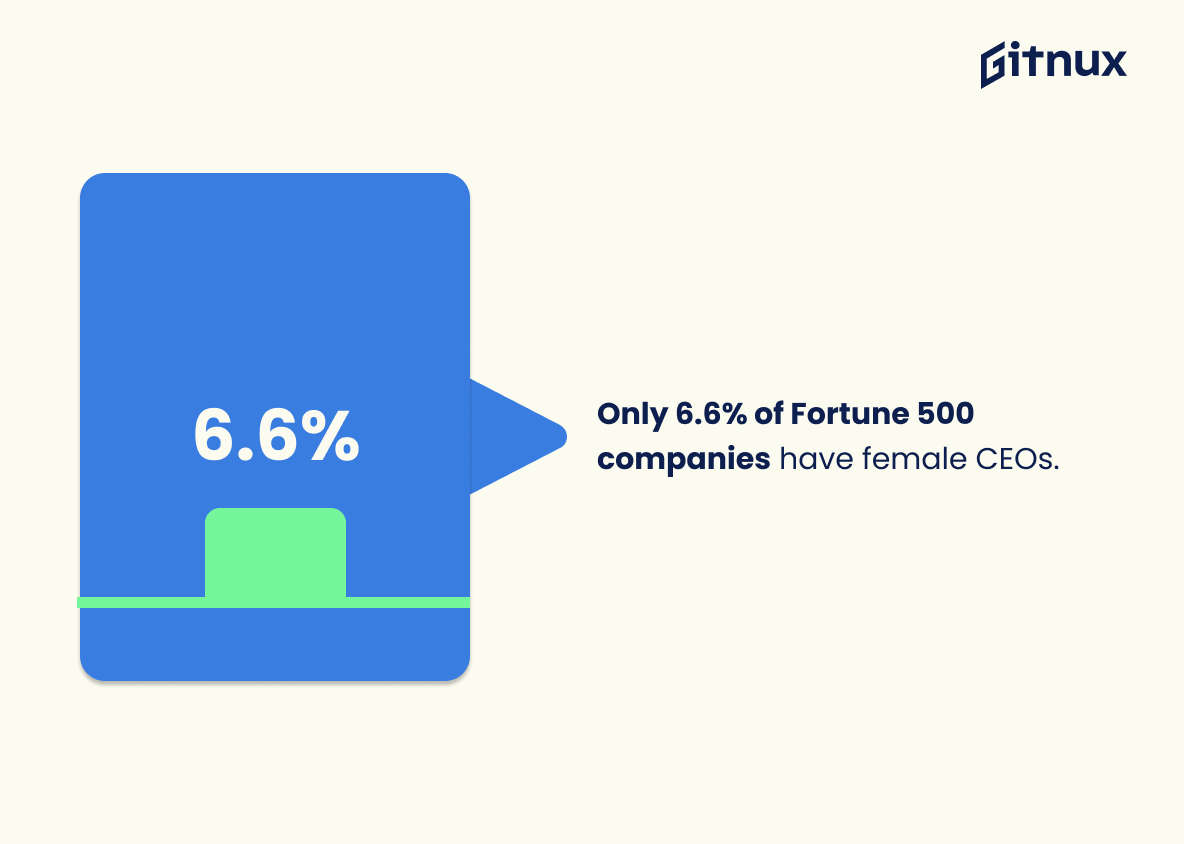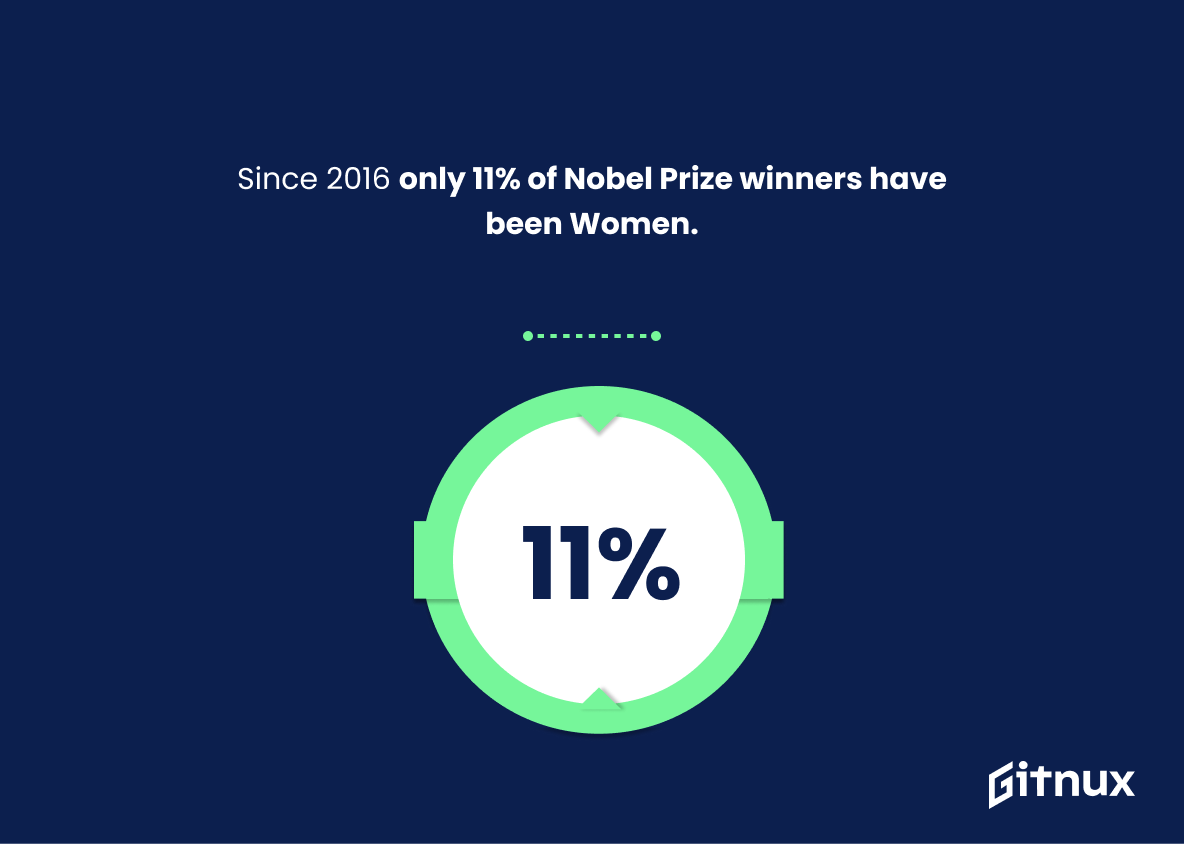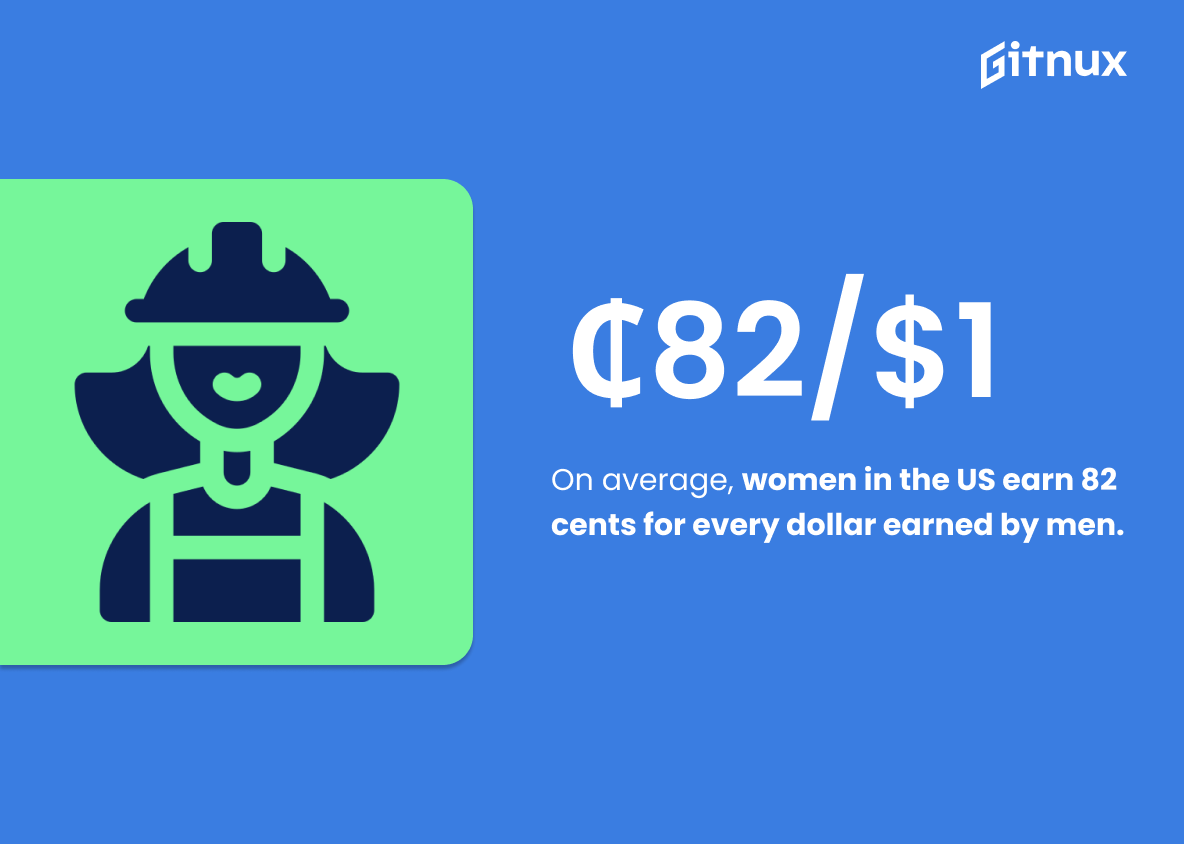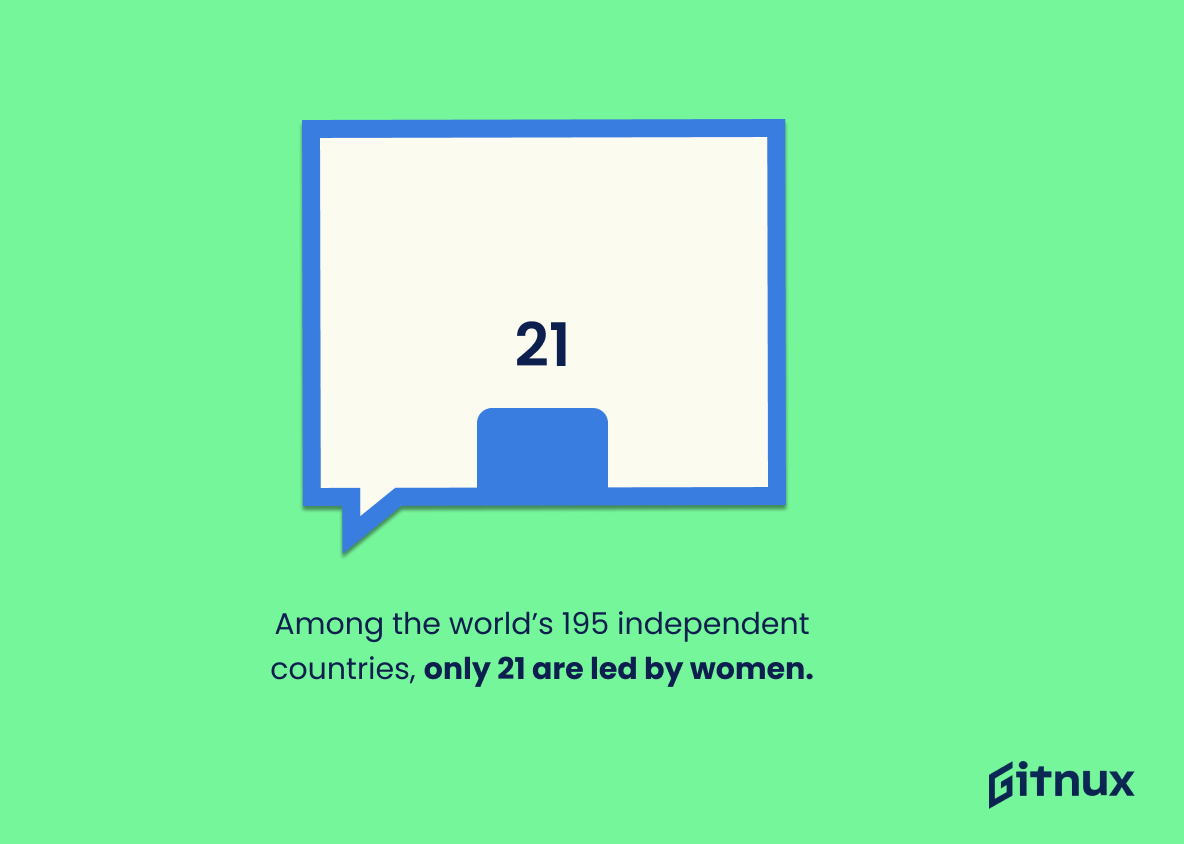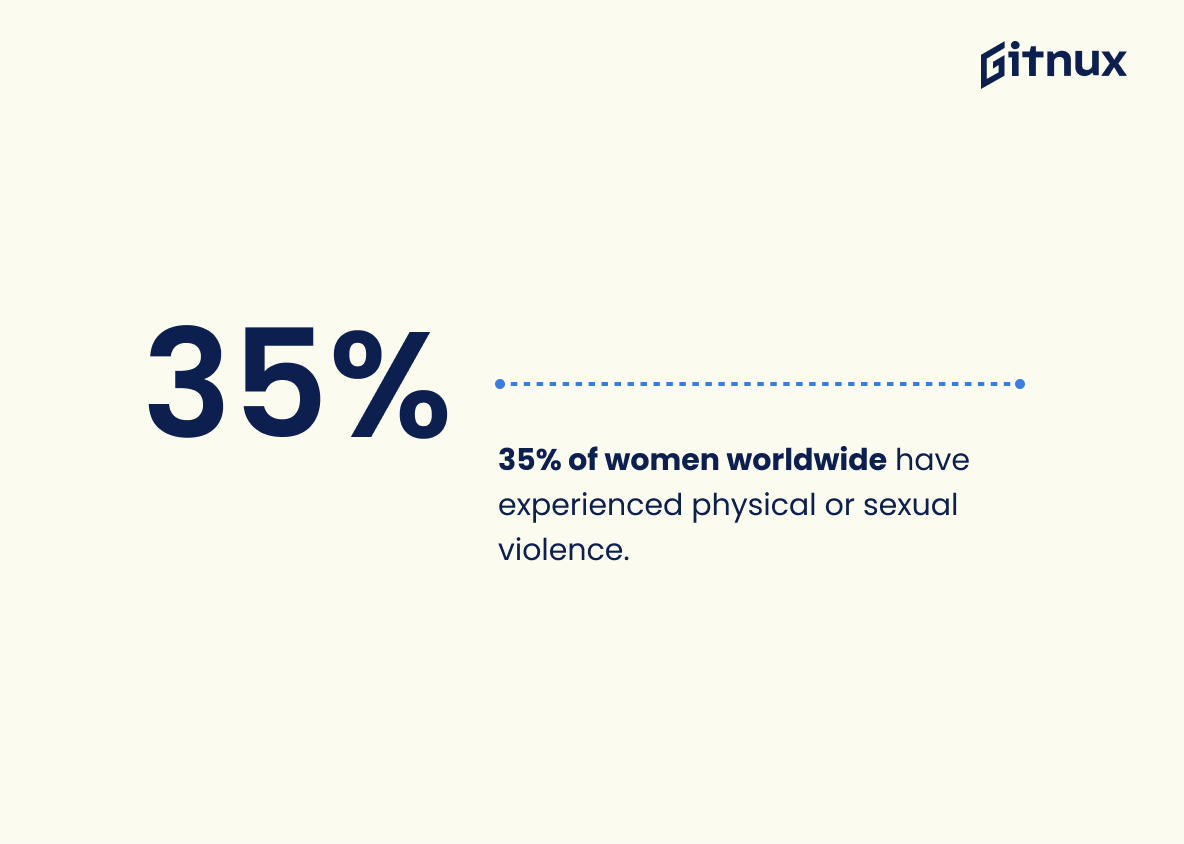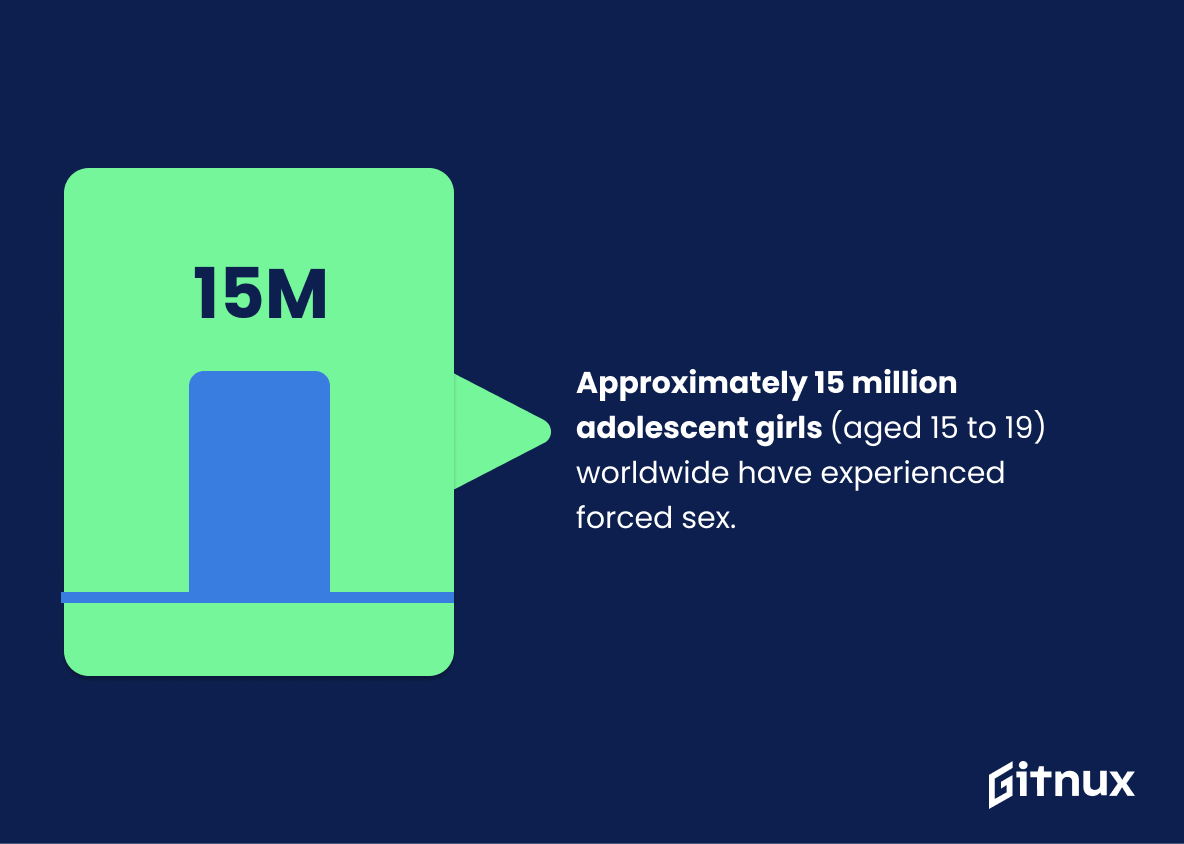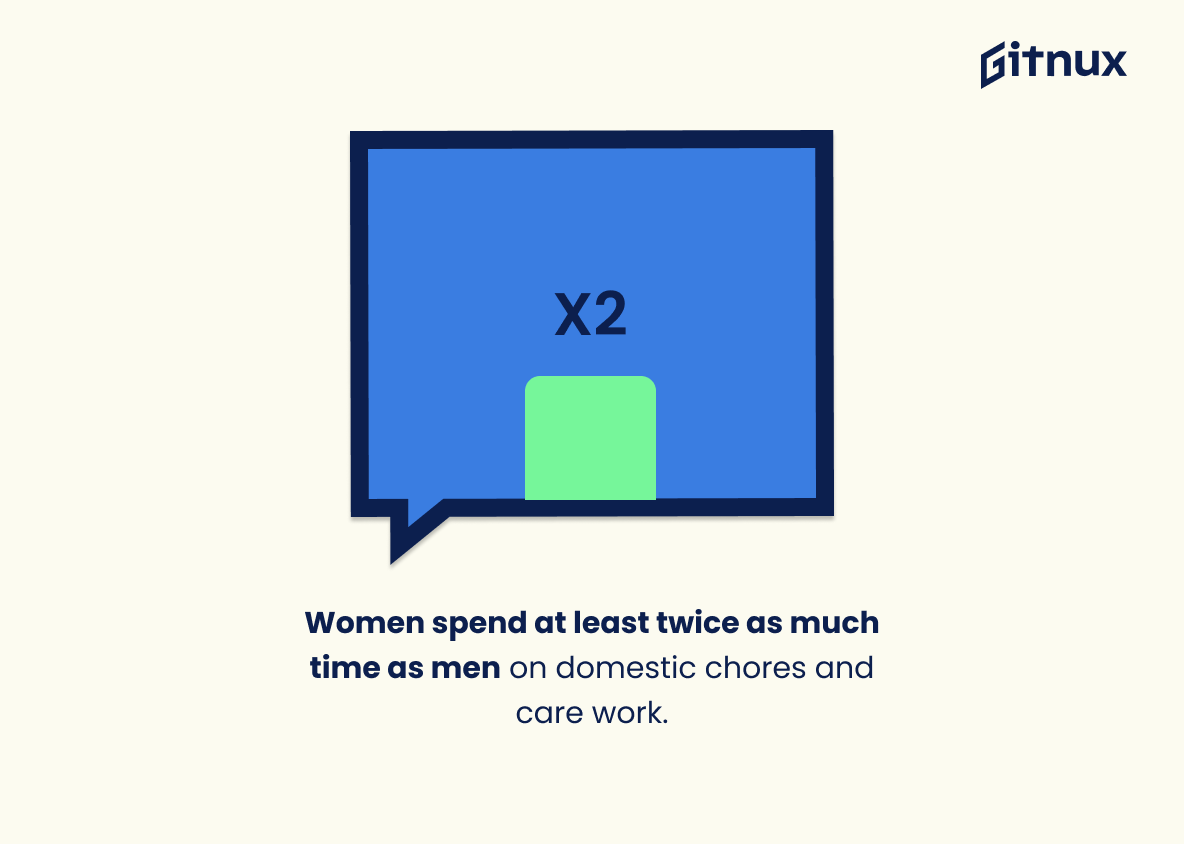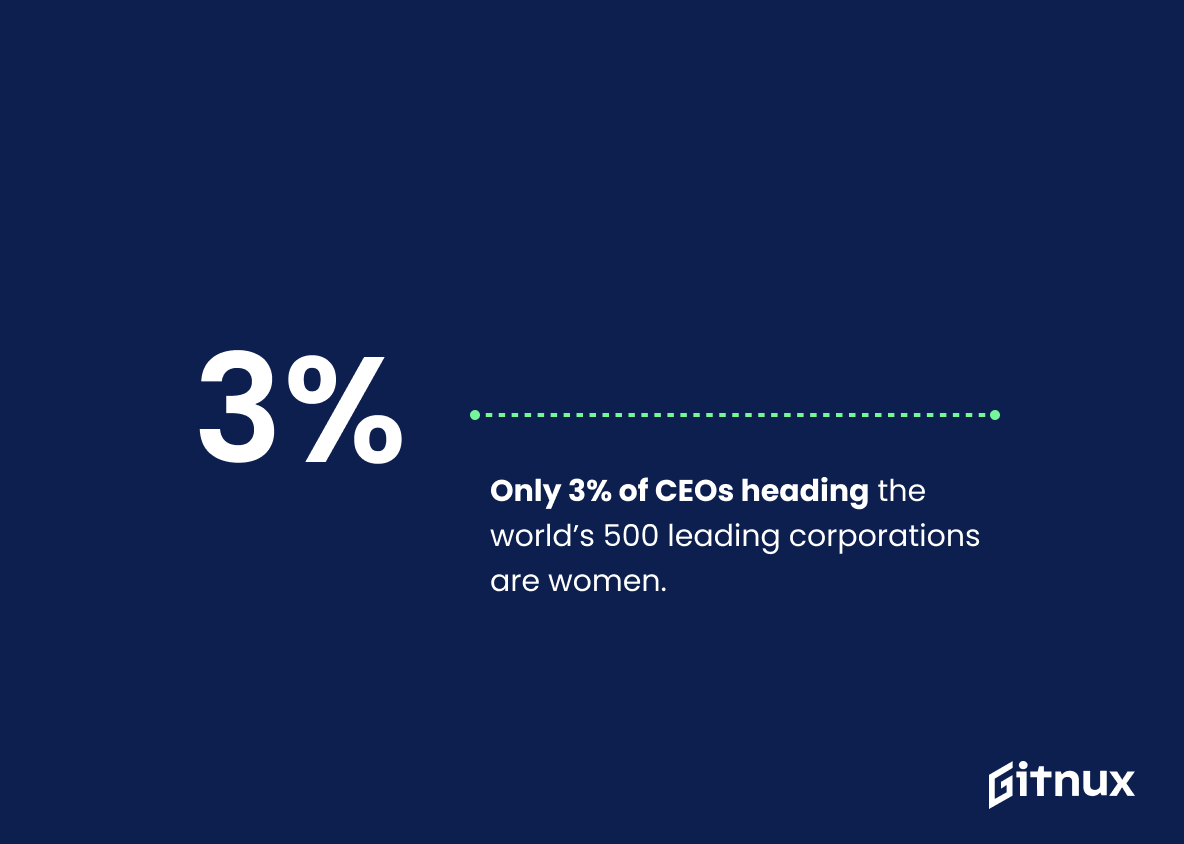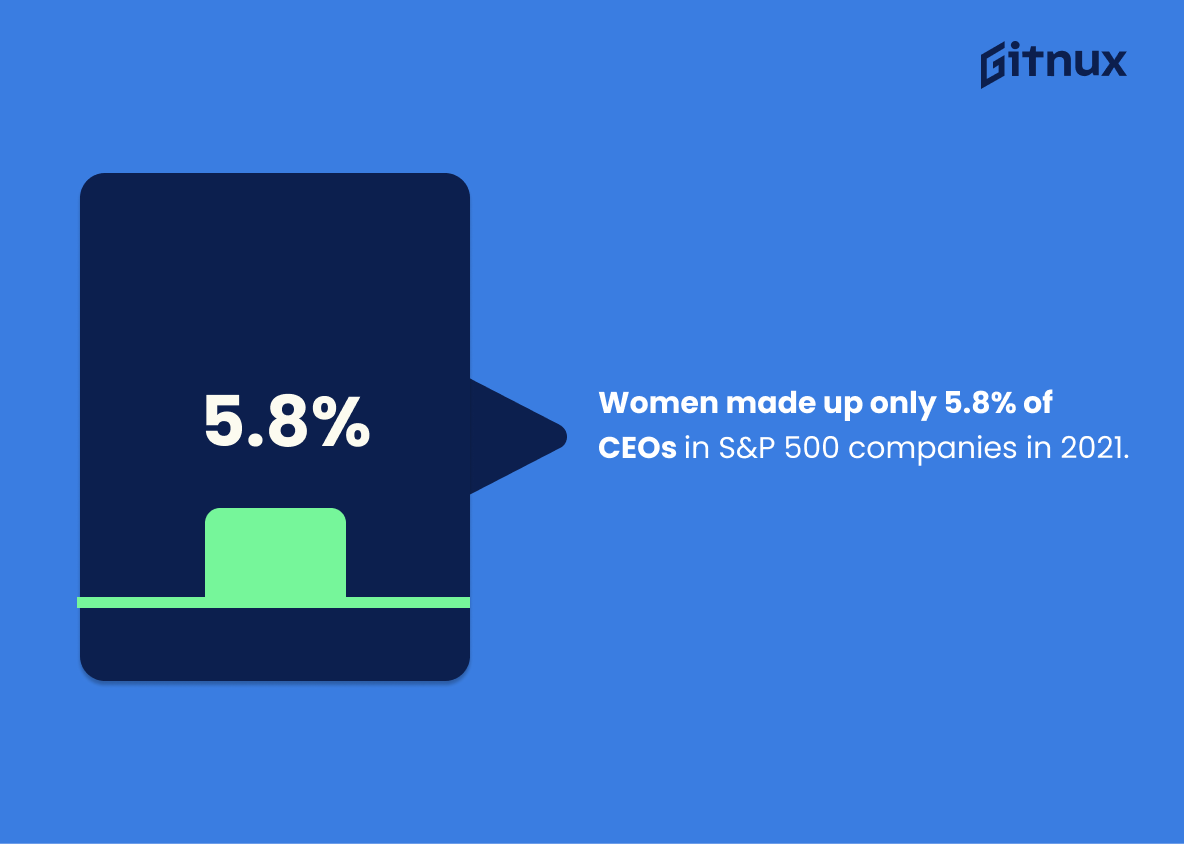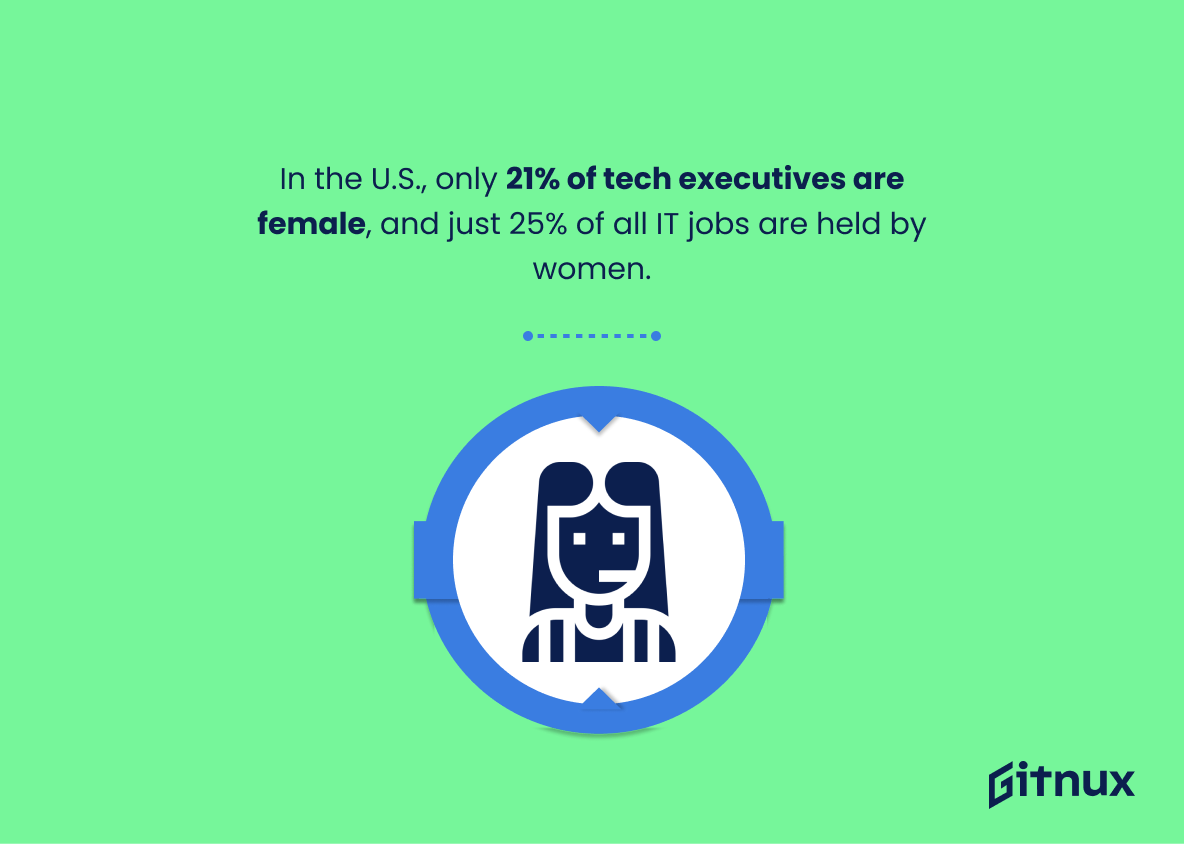In recent times, gender inequality has taken center stage in both social and corporate discussions, being acknowledged as not just a social issue but a significant economic challenge globally. As we strive to achieve a fair, balanced and prosperous society, a clear understanding of the statistics related to gender inequality is paramount. This blog post delves into the stark realities of gender disparities, underpinned by sobering statistics from reliable global data sources. We aim to uncover the magnitude of these issues, transcending beyond binary genders and reaching all facets of our lives, from education and employment to health and political representation. Let’s embark on this enlightening journey of understanding and tackling gender inequality.
The Latest Gender Inequality Statistics Unveiled
Women are 47% more likely to suffer severe injuries in car crashes because safety features are designed more for men.
Lending considerable weight to the discourse on gender inequality, this alarming statistic underscores the pervasive nature of such inequity. Stitched into the very fabric of society and reflected in numerous domains, it starkly portrays how societal norms and standards – largely male-biased – put women’s safety at risk, even in sectors as unintentionally gendered as automotive safety. Here, women are at a disproportionately higher risk of sustaining severe injuries in car crashes. Not owing to their driving skills, but because they are seated behind the wheel of vehicles equipped with safety features primarily designed keeping men in mind. A tangible demonstration of how systemic gender bias manifests in day-to-day life, this fact dovetails into the larger argument of the blog post, enriching the discussion on gender inequality with an unexpected, yet practically significant aspect.
Women represented just 29% of workers in philosophy, and only 30% of economics professionals.
Highlighting the figures concerning representation – 29% of philosophy workers and 30% of economics professionals being women – paints a striking image of the persistent gender imbalance within these fields. This numerical evidence can serve as a powerful demonstration of the prevailing gender inequity in the professional world, representing a stark reality that is instrumental for any discourse on Gender Inequality Statistics. Furthermore, it underscores an urgent need for increased intervention and effective strategies aimed at bridging this gender disparity in workplace representation.
Across sub-Saharan Africa, only 61% of women ages 15 to 24 are literate, compared to 71% of men.
Delving into the realm of Gender Inequality Statistics, one cannot ignore a stark revelation in sub-Saharan Africa, which defies the global progress towards gender parity. A critical insight reveals only 61% of females aged 15 to 24 are literate, a sobering 10% deficit when compared to their male counterparts, of whom 71% are literate. This divergent pattern not only highlights the gender-based discrepancies in educational attainment but also underscores the enduring societal barriers hindering female literacy. The prevalence of such a literacy gap in a critical age group that forms tomorrow’s workforce, mothers, and leaders might perpetuate the cycle of gender inequality. This potent statistic serves as food for thought, prompting the global community to reassess their gender-equality strategies and inspire action towards achieving parity in literacy.
Only 6.6% of Fortune 500 companies have female CEOs.
Shining a light on the underrepresentation of women at top business echelons, the statistic that women lead a mere 6.6% of Fortune 500 companies underscores a pervasive gender inequality. In a world where women constitute roughly half the global population, such a disappointingly low figure points to systemic barriers barring women’s ascend to the highest corporate levels. The statistic takes us on a stark journey that challenges the conventional narrative of progress, highlighting that the business world is not immune to gender disparities. It forms a cornerstone in discussions analyzing and deconstructing gender inequality, engendering the urgency to rethink and redefine gender roles in the corporate sphere. A blog post about Gender Inequality Statistics would find this statistic invaluable, catalyzing further dialogue about women’s presence and influence in the business world.
Since 2016 only 11% of Nobel Prize winners have been Women.
Shining a spotlight on the stark fact that only 11% of Nobel Prize winners have been women since 2016, allows us to unravel an important narrative from the world of gender inequality statistics. This figure speaks volumes, stepping beyond mere percentages and numbers. It paints a portrait of the persistent under-representation and recognition of women at the highest echelons of intellectual and creative accomplishments. This troubling statistic is a testament to the ongoing gender gap that not only dominates social and political landscapes, but penetrates academic and professional eminence as well. It is a pressing look into the mirror for societies and institutions, urging a moment of recognition and responsive actions to change this narrative for future generations.
On average, women in the US earn 82 cents for every dollar earned by men.
Dramatizing the landscape of gender inequality, this haunting figure breathes life into the reality of wage disparities between men and women in the US. Serving as an eye-opening reminder, the 82 cents statistic poignantly underscores the persistent economic divide that persists in this supposedly progressive era. It commiserates our understanding of the fundamental issues of gender inequality, offering a tangible, quantitative measure of a complex social phenomenon. In the swirl of statistics surrounding this issue, this singular figure stands as a beacon, providing both a potent illustration of the current state of affairs and a numerical benchmark against which future progress can be gauged. It compels us to advocate for a more equitable society, where every individual is valued purely on the quality of their contribution, regardless of their gender.
Among the world’s 195 independent countries, only 21 are led by women.
The unique revelation that only 21 out of 195 independent nations across the globe are guided by female leaders invites critical reflectivity on the scales of gender-based power balances. This datum, ingeniously, wields the power to mirror the stark disparities infiltrating global leadership. It highlights how patriarchy remains deeply entrenched in our systems and institutions, silhouetting the residual inequity. This lacuna of women in key leadership roles is truly dramatic, underscoring the urgent need for countervailing measures to establish equitable opportunities, shatter glass ceilings and inspire a new era of balanced geopolitical discourse.
35% of women worldwide have experienced physical or sexual violence.
Painting a vivid picture of gender inequality, the statistic that 35% of women worldwide have experienced physical or sexual violence unearths a reality that’s quite alarming. The disheartening numbers speak volumes about the adversities countless women encounter, as they serve as a stark testament to gender-biased power dynamics, deeply-rooted societal norms and systemic imbalances. This raw number advocates for stronger protection rights, enhanced legislation, and pushing the boundaries of cultural rigidities. This statistic provides baseline data to advocate for sustainable change, making it a significant pillar within a blog post about Gender Inequality Statistics.
Approximately 15 million adolescent girls (aged 15 to 19) worldwide have experienced forced sex.
Examining the haunting statistic that roughly 15 million adolescent girls globally have suffered from coerced sexual encounters reiterates the gravity of gender imbalance at an alarming rate. This glaring reality underscores the urgent need to discuss disparity, particularly during the vulnerable teen years, within the discourse on gender inequality. Embedding this alarming figure in the narrative of a blog post on Gender Inequality Statistics effectively amplifies the call to action, inspiring readers to understand the depth of exploitation that prevails due to inequalities. The sheer magnitude of this number places heavier weight on the rampant issues faced by young women across the world, making the fight against gender inequality not just significant, but a dire necessity.
In 28 countries, women are legally required to obey their husbands.
Shining a light on a hard fact such as “In 28 countries, women are legally required to obey their husbands,” we illuminate a grim but crucial dimension in the discourse of gender inequality statistics. This figures not only allow us to identify the legal discrimination women face, but also stirs us to question the social fabric of these societies where gender bias is structured into law. Within the contours of a blog post about Gender Inequality Statistics, this statistic becomes a chilling reminder of the battles yet to be won which exist in some corners of the world. It furthermore highlights the urgency of conversations, actions and measures to level the playing field and fight for women’s rights and autonomy.
As of 2020, only 25% of all national parliamentarians were women.
Unraveling the threads of the tapestry that paints the picture of Gender Inequality, it’s striking to pinpoint a startling statistic — a mere 25% of all national parliamentarians were female as of 2020. This glaring discrepancy crystallizes the predominance of men in political spaces, thereby revealing inequitable participation in policy-making and leadership roles. This statistic punctuates the considerable gender gap that exists, illuminating the fact that the global threshold of equal political participation is yet to be crossed. In a blog post about Gender Inequality Statistics, this would serve as a stark reflection of the distance we still need to traverse to achieve gender parity.
Women spend at least twice as much time as men on domestic chores and care work.
Delving into the crux of gender inequality statistics, the notion that ‘women consign twice as much time as men to domestic chores and care work’ beams a glaring spotlight on the unequal share of unpaid labor. Cast against the backdrop of a gendered division of labor, this statistic holds a proverbial mirror against society, revealing entrenched inequity that is most often taken for granted.
Albeit unspoken, it echoes in the hallways of households worldwide, reflecting the social norms and cultural values favoring the tradition of the woman as the homemaker and caregiver. This statistical truth paints a broader societal picture, characterizing a deep-seated gender bias where women still shoulder a larger chunk of domestic responsibilities. Even when contributing to the formal economy, they continue to grapple with the ‘double burden’ syndrome.
In the narrative of gender inequality, the statistic serves as a tangible evidence, a number-based narrative vis-à-vis the often invisible and intangible aspect of women’s work. By highlighting such disparities ingrained in the fabric of everyday life, it provides a compelling argument for the need to re-evaluate societal norms, and demand systemic reforms aimed at bridging this domestic gender gap. Whether it’s about advocating for shared household responsibilities or promoting policies that recognize, reduce, and redistribute unpaid work, such a statistic provides critical fuel in the fight for gender equity.
Only 3% of CEOs heading the world’s 500 leading corporations are women.
Unmasking this startling statistic decrees a stark reality — that out of the world’s top 500 corporations, a microscopic 3% are led by women. This minuscule percentage, microscopic in its nature, is more than just a statistic. It’s a monochrome snapshot of the gender parity struggle in the highest echelons of global business. Manifesting considerably more in numbers than narrative, it quantifies the glass ceiling— revealing the daunting disparity between men and women at the helm. Inserting it into a blog post concerning gender inequality, the statistic underlines with sharp precision, the profound inequality and gender bias prevalent in corporate corridors, beyond mere hypotheses or anecdotes. It assists the readers to perceive, gauge, and reflect upon, the magnitude of the prevailing gender disparity in leadership roles. A chill reminder of the dire need for parity-fuelled progress, it serves as a catalyst for the urgent call-to-action to reform and rectify the metrics of global leadership.
Women made up only 5.8% of CEOs in S&P 500 companies in 2021.
Highlighting the statistic that only 5.8% of CEOs in S&P 500 companies in 2021 were women paints an impactful portrait of the gender imbalance that permeates the highest echelons of corporate America. It gives a stark glance into the glass ceiling that continues to limit women’s levitation to leadership roles. In a terrain that applauds diversity and inclusion, this statistic serves as a clarion call, spearheading the conversation about why gender inequality persists and fueling discussions on strategies to offset this imbalance. It is a beacon that illuminates the path towards a more balanced future, where a woman’s presence in the boardroom is as common, if not more, as her male counterpart’s. It’s a powerful magnifying glass that turns the spotlight on gender disparities, helping us to grasp the magnitude of the issue better and propelling us forward to drive innovative solutions.
In the U.S., only 21% of tech executives are female, and just 25% of all IT jobs are held by women.
This revealing data serves as a stark silhouette of gender inequality within the tech industry, spotlighting the wide disparity that exists. Despite the industry’s progressive image, the silhouette uncovers a lesser-known truth, where only 21% of tech executives are female and a mere 25% of all IT jobs are held by women. This suggests that the gender scales remain tipped in favor of males in the technology realm, indicating unresolved gender issues. In a blog post examining Gender Inequality Statistics, this statistic undeniably strengthens the narrative for an immediate need to level the playing field and inspire strategies to improve the representation of women in technology.
Conclusion
The discourse around gender inequality is not confined to mere social rhetoric but supported by empirical statistics that reinforce the existence of a disparity. While we have taken steps toward equality, the numbers underscore that more work remains. The gender inequality statistics encapsulate the global urgency to continue driving conversations, policies, and actions that mitigate these imbalances. Equality is not only a moral prerequisite but also crucial for societal and economic development. By acknowledging these statistics, we recognize the issue at hand and take the first step toward crafting a world of equal opportunities, regardless of gender.
References
0. – https://www.www.catalyst.org
1. – https://www.www.unwomen.org
2. – https://www.apps.who.int
3. – https://www.www.pewresearch.org
4. – https://www.fortune.com
5. – https://www.www.pnas.org
6. – https://www.wbl.worldbank.org
7. – https://www.www.bloomberg.com
8. – https://www.www.cnn.com
9. – https://www.data.unicef.org
10. – https://www.www.nobelprize.org
11. – https://www.www.informationisbeautiful.net
